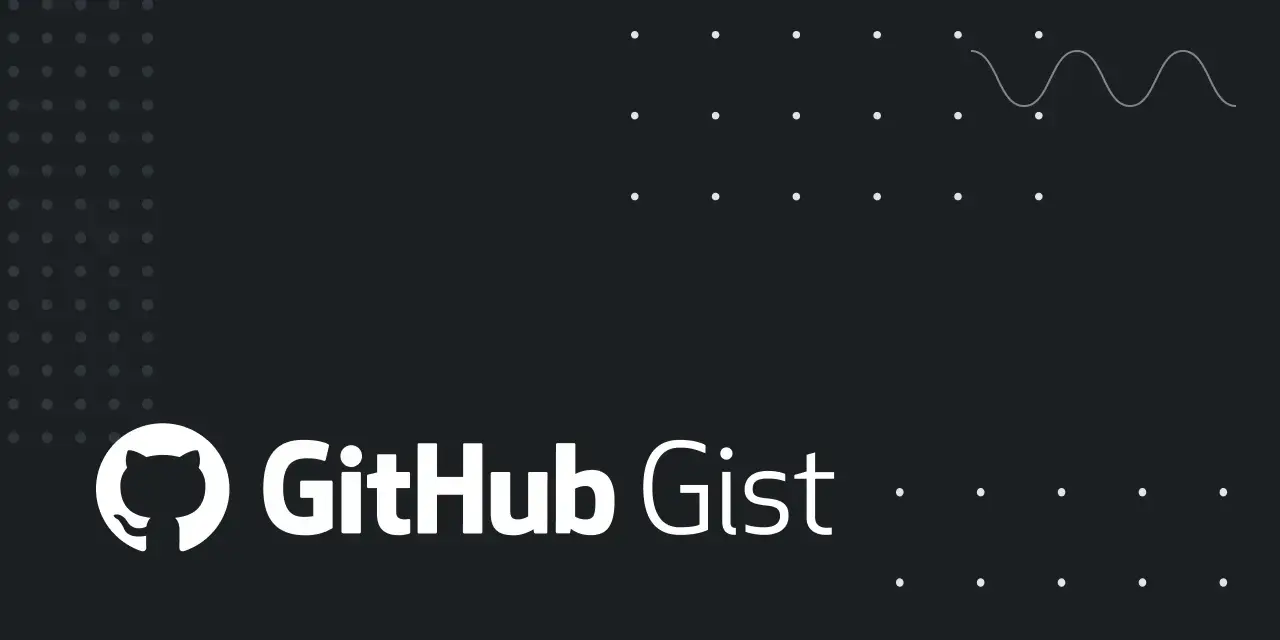I wrote a simple script in order to help someone in a recent reply from me, to make running Flatpak applications from terminal easier. After that I worked a little bit on it further and now ended up with 2 completely different approaches.
- flatrun: Run an app by a matching search filter. If multiple matches, then print all matching app ids instead.
- flatapp: Show list of installed apps in an interactive menu. Plus show a description of the app in a preview window. Run the selected application. Requires
fzf. - flatsearch: Show search results from repository in an interactive menu. A selected entry will be installed or uninstalled if it exists already (with confirmation from
flatpak). Requiresfzf.
# Show all matching apps
$ flatrun F
com.github.tchx84.Flatseal
io.freetubeapp.FreeTube
# Run io.freetubeapp.FreeTube
$ flatrun freetube
# Show help for com.obsproject.Studio
$ flatrun obs --help
or flatapp: (requires fzf)

and new flatsearch youtube (requires fzf)

Can we just have flatpak apps added to the system path by default? Like have a directory
/usr/local/flatpak/binand have links to all the executable show up there. Then users can choose to add that to their path if they wish.We have that already:
ls "/var/lib/flatpak/exports/bin/"Well now I feel silly. Brb changing my default path.
No need to feel silly. If you didn’t ask, you wouldn’t learn about it. I learned about it yesterday in the post where I initially gave the first version of the script. It’s a documentation issue I would say, in some way. Such an important part should have been made clear for every user.
I “insist” you feel not sorry, because I’m in the same boat as you. :D
… and this part is before
/usr/local/binmaking it impossible to override Flatpak bins or desktop files.One can just move the path to another place in the $PATH. Not really impossible. Not an elegant solution, just proof of concept:
export PATH="$(echo "${PATH}" | sed 's+:/var/lib/flatpak/exports/bin++'):/var/lib/flatpak/exports/bin"Edit:
Or if it makes you uncomfortable to change the placement of this folder in the $PATH, instead you can just add a new directory solely for this purpose. In example add “/home/yourname/.local/flatpak/bin” (or whatever else you like) and put it in front of the flatpak exports directory.
Or use
~/.local/bin/Didnt know about the preferences. These only depend on the order of placement in PATH?
Or do they get by directory hierarchy, i.e. HOME can always override the System.
Unix stuff is so simple sometimes
No, the order of the directories in the $PATH is important. If you run command by name like
grep, then the system will lookup in $PATH beginning from first directory. If its not in the first entry, then it falls back to next entry. If you have a command with same name multiple times in different directories, then you display all found paths withwhich -a grepin example; the first entry is what is used when running the commandgrep.Thanks, good to know!
those commands are gold! Thank you for sharing! Saved them. They work flawlessly so far.
If flatpak search would work with fzf, it would be easier to use and faster than GNOME software
edit:
I added
echo "${app}"to flatapp in order to print the app in terminal to have a visual response which app will run. (some apps take some seconds to open on my slow machine)Hey, I just created a search with fzf menu for install or uninstall app. It’s not pretty, because its a bit unorganized looking and I could not find a good and easy way to solve this. But it seems to be working so far.
That is awesome as well. Incredible what you can do with just a few lines of code.
I thought about additional
echofor confirmation too! I will add it too (give me 2 minutes), but it will output to stderr, so it’s not part of regular output.Edit: So I added
echo "flatpak run" "${app}" "${@}" >&2, which as said will output to stderr instead. And I also decided to add
flatpak runand the arguments too, but that’s just an “aesthetic” choice.
Oh I see you also had the flatpak issue where the developer name is used instead of the project name.
To solve this, use
flatpak remove -y --force app && flatpak install app -yas there doesnt seem to be a fix to recreate the Metadatahttps://github.com/flatpak/flatpak/issues/5700
I think some smart function is really needed, as many people will have messed up apps. For me it was 8 or more.
Thanks. I just checked it and don’t have the issue with developer name on Flatseal anymore. But good to know how to solve this issue when it happens again.
It doesnt happen again, the metadata parser was broken and metadata is not updated on updates, only on reinstall.
So you dont have this with Flatseal anymore?
Yes, it displays it correctly as
Flatseal com.github.tchx84.FlatsealMaybe I did a reinstall, don’t remember.
Interesting
That’s simple bash completion but with extra steps :)
Not really, because the search term can match anywhere in the name. Also it searches in executable name (app id) and the app name, a descriptive text. So its more than a Bash completion would be.





